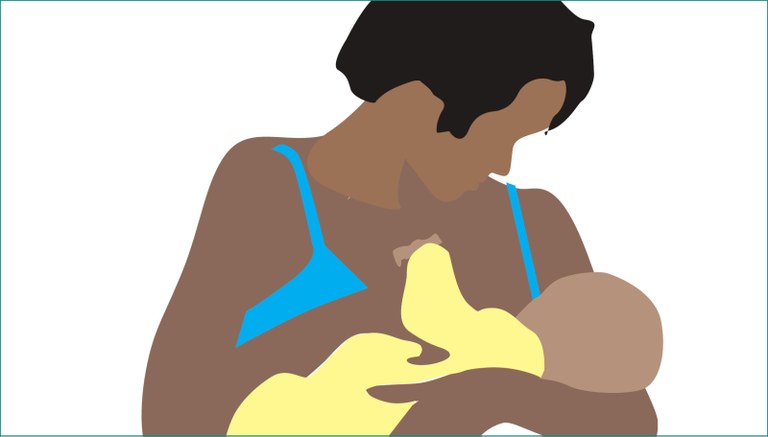Prevention of Mother-to-Child Transmission

To successfully prevent vertical transmission of HIV from mothers to their infants, countries must intervene at the community level, through prevention of mother-to-child transmission (PMTCT) programs. These PMTCT interventions may adopt one or more of the following strategies: male involvement in PMTCT, peer mentorship, use of community health workers, mobile phone-based reminders, conditional cash transfers, training of midwives, integration of PMTCT services, and enhanced referrals. Community-based approaches are essential because many of the barriers that prevent uptake of PMTCT services occur at the community level. Effective programs seek to improve rates of enrollment, retention in care, and successful treatment outcomes among mother-infant pairs.
MEASURE Evaluation reached out to PEPFAR (United States President’s Emergency Plan for AIDS Relief)—and other donor-supported programs that implement programs, at the community level, to support prevention of mother-to-child transmission activities—to obtain data collection tools. The tools collected are those used by community workers in Nigeria, Ethiopia, South Africa, Uganda, Kenya, Côte d’Ivoire, the Democratic Republic of the Congo, and Botswana to monitor household care and services provided to mothers and their infants and conduct behavior change communication activities for pregnant women and mothers (of infants) living with HIV. The most common data elements among these tools were incorporated into the indicators in this collection. Each indicator is accompanied by a definition. These definitions were specifically designed to inform data collection by community programs and agents.
- Number of people who were tested for HIV and received their results
- Number of people living with HIV who know their status
- Number of people currently on antiretroviral therapy
- Number of people known to be on treatment 12 months after initiation of antiretroviral therapy
- Number of people testing positive for tuberculosis who adhere to treatment
- Number of people identified to have experienced sexual, physical, or emotional violence
- Number of people reached with individual or small group level community HIV-prevention interventions
- Number of people who were nutritionally assessed and received nutrition counselling and therapeutic or supplementary food
- Number of people provided with referrals for services in the past three months
- Number of people provided with completed referrals for services in the past three months
- Number of HIV-exposed infants receiving a virological test for HIV within two months of birth
- Number of HIV-exposed infants who are exclusively breastfed at three months of age
- Number of births to HIV-positive women attended by skilled health personnel
- Number of HIV-positive women who received antiretroviral therapy during pregnancy
- Number of HIV-positive pregnant women who received antenatal care at least four times prior to delivery












